
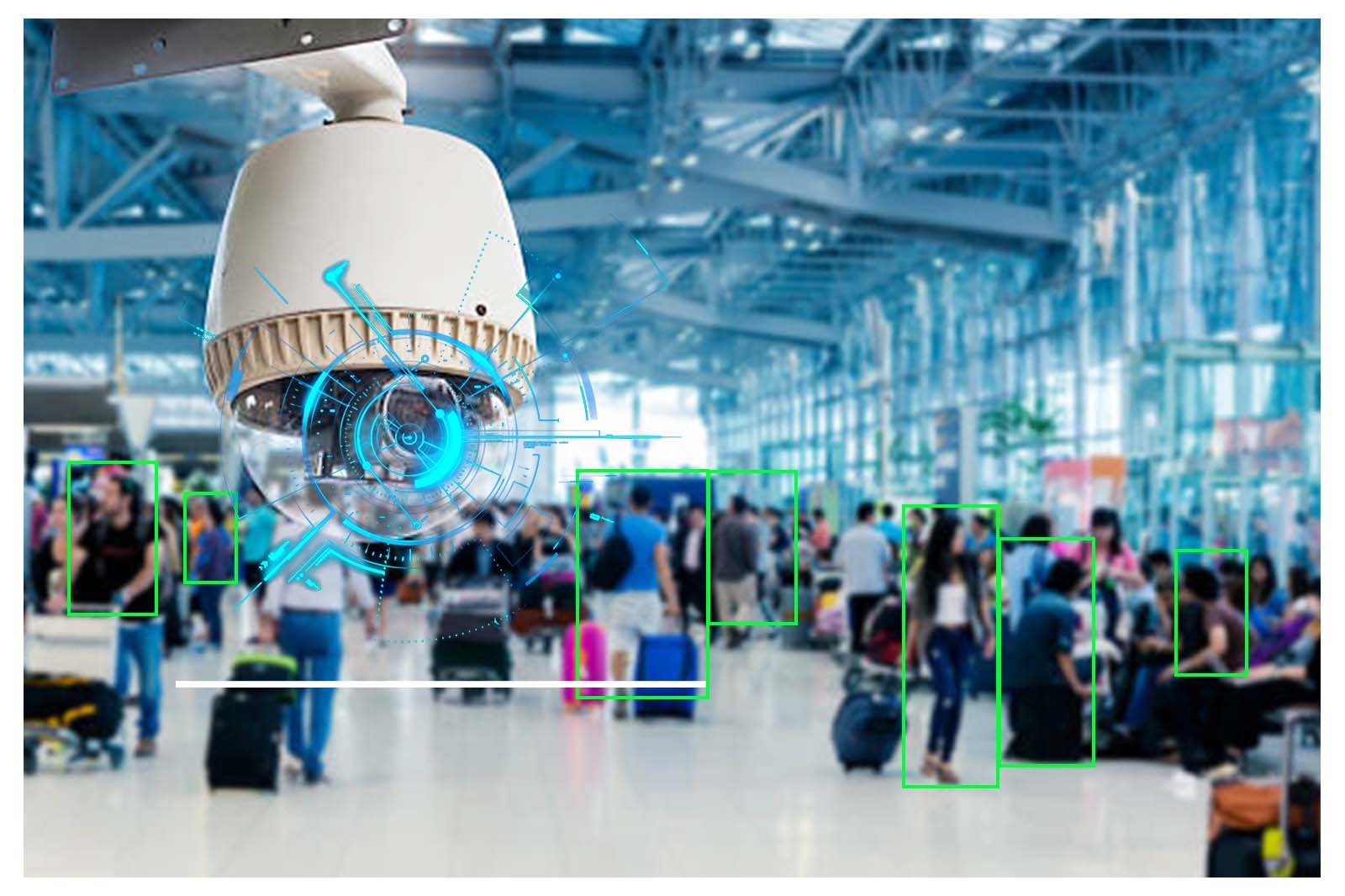
How AI Video Analytics is Transforming Large Infrastructure, Ports, Airports, and Smart Cities?
With the rapid rise of smart cities and massive infrastructure projects, ensuring safety and efficiency is becoming a major challenge. Traditional surveillance methods are no longer enough to manage these vast, complex environments—like airports, ports, highways, and industrial zones—where thousands of people and assets move every day.
That’s where AI video analytics comes in. By combining artificial intelligence with video surveillance, organizations can now go beyond simple video recording and gain real-time insights, improve situational awareness, and respond to events much faster.
Let’s understand what AI video analytics is, how it works, and why it is becoming a must-have technology for large infrastructure environments.
What is AI Video Analytics?
AI video analytics is a smart technology that uses artificial intelligence (AI) and machine learning (ML) to automatically analyze video footage from surveillance cameras. Instead of just recording video for later review, it helps detect and understand what’s happening in real-time.
For example, it can:
• Detect unauthorized access or suspicious behavior
• Count people or vehicles
• Monitor traffic flow
• Identify abandoned objects
• Recognize license plates
• Raise alarms when rules are broken
And all of this happens without human intervention.
Why Traditional Surveillance Isn’t Enough
Traditional CCTV systems rely heavily on security personnel to watch camera feeds. But let’s be honest—how many camera feeds can one person effectively monitor?
In large infrastructures like:
• Airports (with hundreds of gates and terminals)
• Ports (with vast docking and cargo areas)
• Smart cities (with traffic signals, public squares, metro stations)
• Industrial facilities (with hazardous zones and restricted areas)
…it’s impossible to track everything manually. Incidents often go unnoticed or are detected too late.
AI video analytics solves this problem by automating video monitoring, detecting unusual activities, and sending instant alerts—allowing teams to act before problems escalate.
How It Works?
AI video analytics uses deep learning algorithms that are trained on large datasets of video footage. These systems can learn to detect specific patterns, objects, and behaviors.
Here’s how a typical system works:
1. Video Capture – Surveillance cameras capture live footage.
2. Data Processing – The video is sent to an edge device or cloud server with AI processing capabilities.
3. Analysis – The system analyzes the footage to detect pre-defined rules (e.g., someone entering a restricted area).
4. Alerts & Insights – When something unusual is detected, the system sends an alert (email, dashboard, or even a phone call), and stores the event with a timestamp.
Over time, the AI learns and improves, reducing false alerts and improving accuracy.
Key Benefits of AI Video Analytics:
Let’s look at some of the main advantages:
1. Real-Time Alerts
Get notified instantly when something abnormal happens—such as a person entering a high-security zone or a vehicle parked illegally.
2. 24x7 Monitoring Without Fatigue
Unlike humans, AI never gets tired. It can monitor hundreds of video feeds 24/7, without missing a single event.
3. Better Resource Allocation
With AI handling the basic monitoring, security personnel can focus on responding to alerts rather than just watching screens.
4. Faster Response Times
Early detection of incidents leads to quicker responses—saving lives, reducing damage, and improving public safety.
5. Improved Operational Efficiency
AI video analytics isn’t just for security. It can help manage operations too—like tracking queues at airports, monitoring traffic flow in smart cities, or analyzing footfall in public areas.
Where It’s Being Used
Airports
AI can monitor passenger flow, detect unattended luggage, or spot people loitering near restricted areas. It can also ensure social distancing or mask compliance during health emergencies.
Ports
At busy seaports, AI can help detect trespassing, monitor cargo movement, and improve logistics safety. It can even recognize license plates for automated entry/exit management.
Smart Cities
From detecting traffic violations to spotting unusual crowd behavior during public events—AI is essential in making cities safer and smarter.
Industrial Infrastructure
In factories or power plants, AI can monitor worker safety, detect fire or smoke, and track compliance with safety gear.
Scalable and Future-Ready
One of the biggest strengths of AI video analytics is its scalability. As your infrastructure grows—more cameras, more locations—you don’t need to hire an army of people to monitor them. The AI system can scale easily to support thousands of feeds and continue learning over time.
And with cloud-based platforms, updates and improvements are seamless.
Data Privacy and Security
Of course, using AI for surveillance raises important privacy concerns. Responsible deployment includes:
• Following local privacy laws
• Anonymizing personal data where possible
• Using secure cloud or on-premise storage
• Providing access only to authorized personnel
When implemented correctly, AI video analytics balances safety with privacy.
AI video analytics is more than just a tech upgrade—it’s a game-changer for how we monitor, secure, and manage large infrastructure.
Whether it’s improving security at an airport, managing vehicle flow at a port, or helping authorities in a smart city make better decisions—AI brings automation, intelligence, and efficiency into everyday operations.
In the coming years, we can expect even more advanced features, such as facial recognition, behavior prediction, and integration with other smart systems.
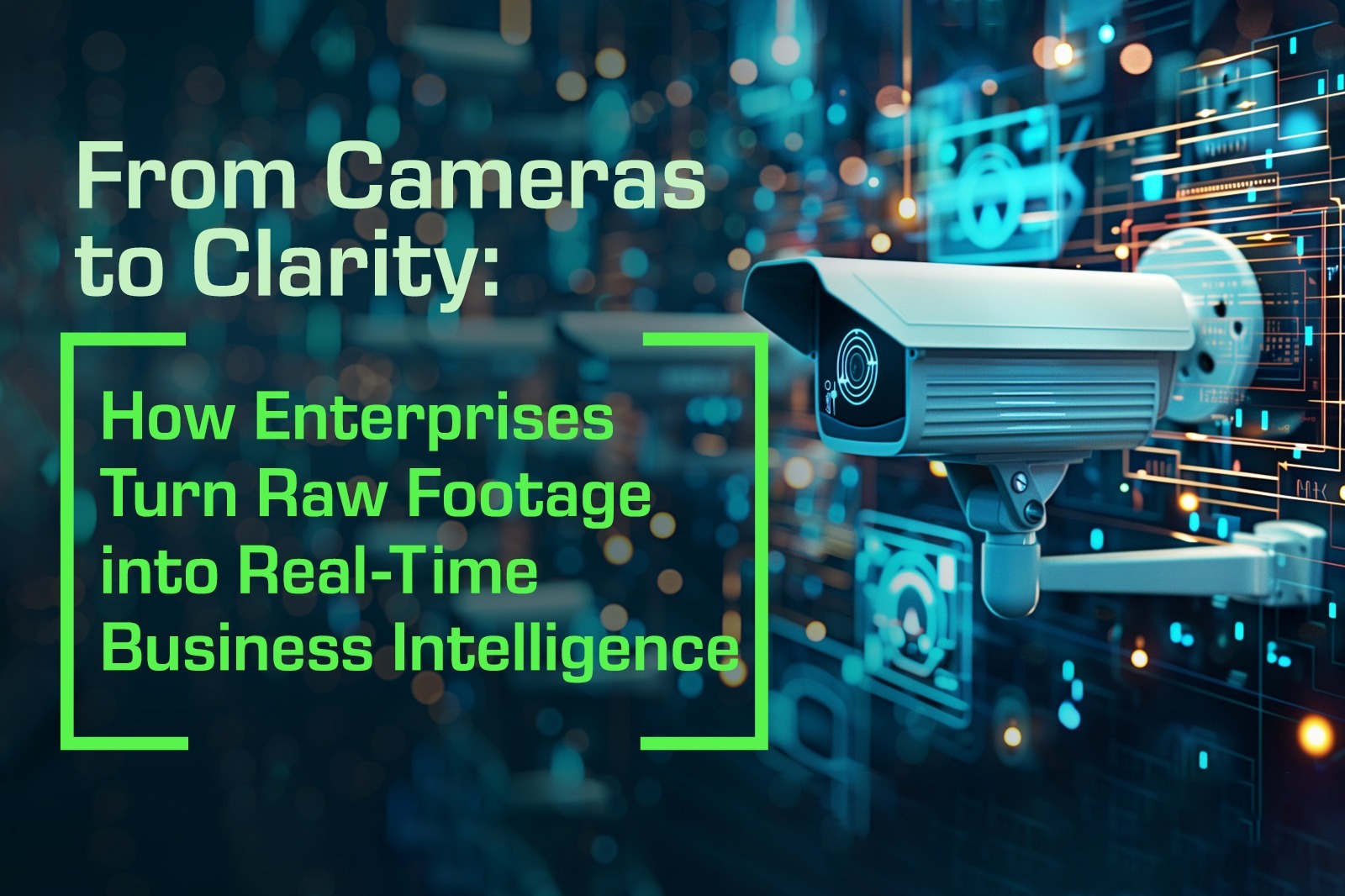
From Cameras to Clarity: How Enterprises Turn Raw Footage into Real-Time Business Intelligence
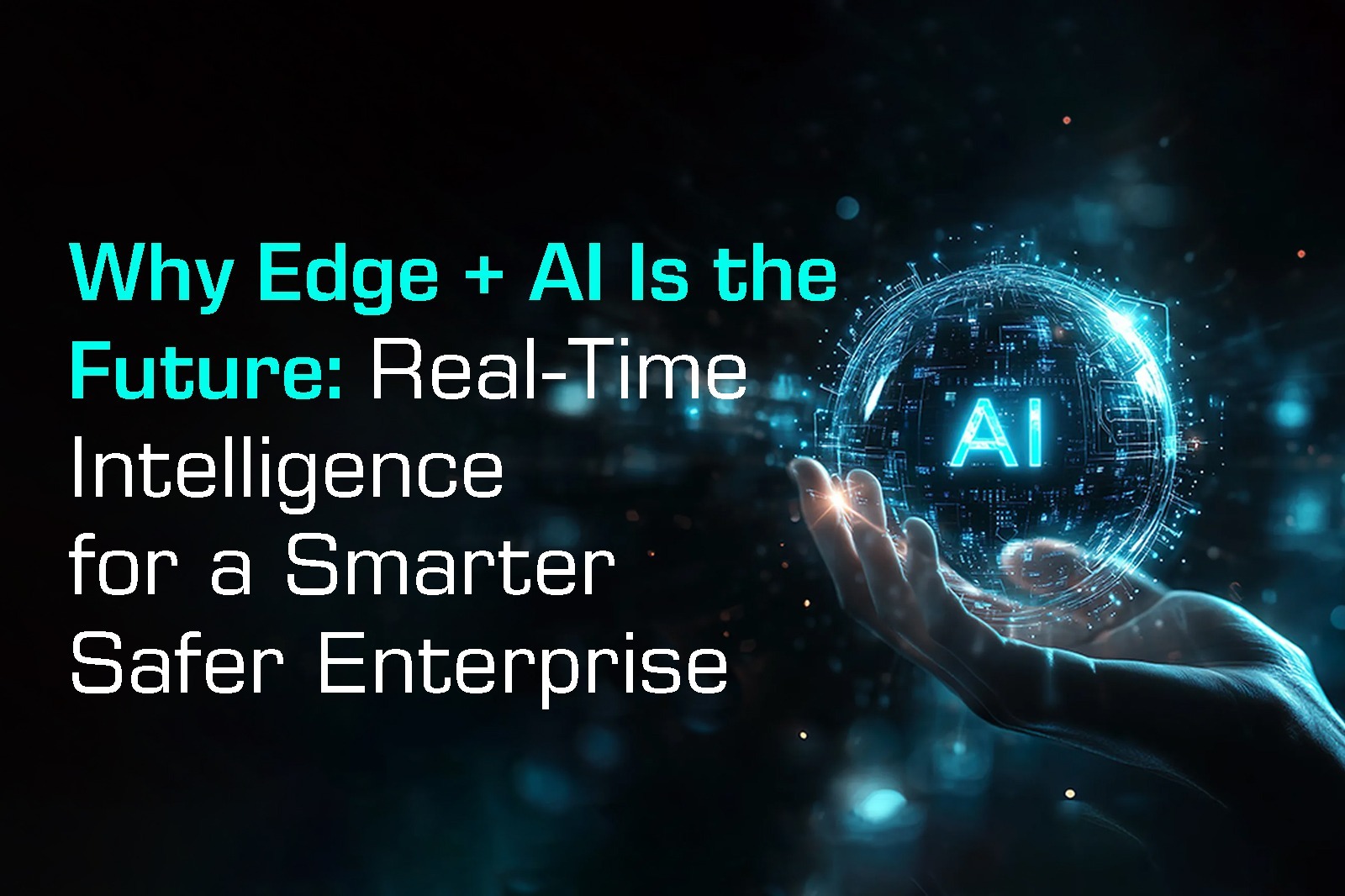
Why Edge + AI Is the Future: Real-Time Intelligence for a Smarter, Safer Enterprise?
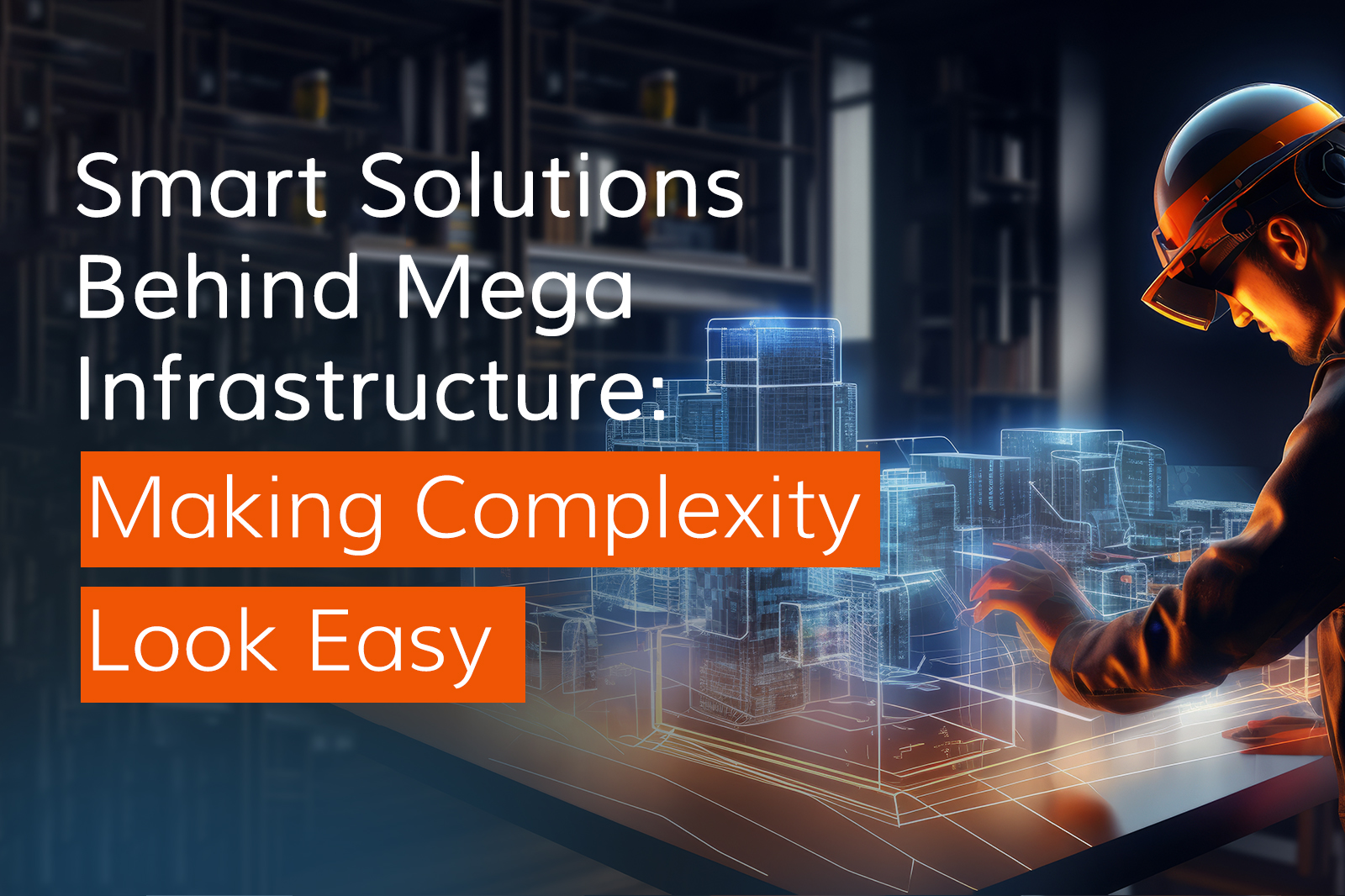
Smart Solutions Behind Mega Infrastructure: Making Complexity Look Easy
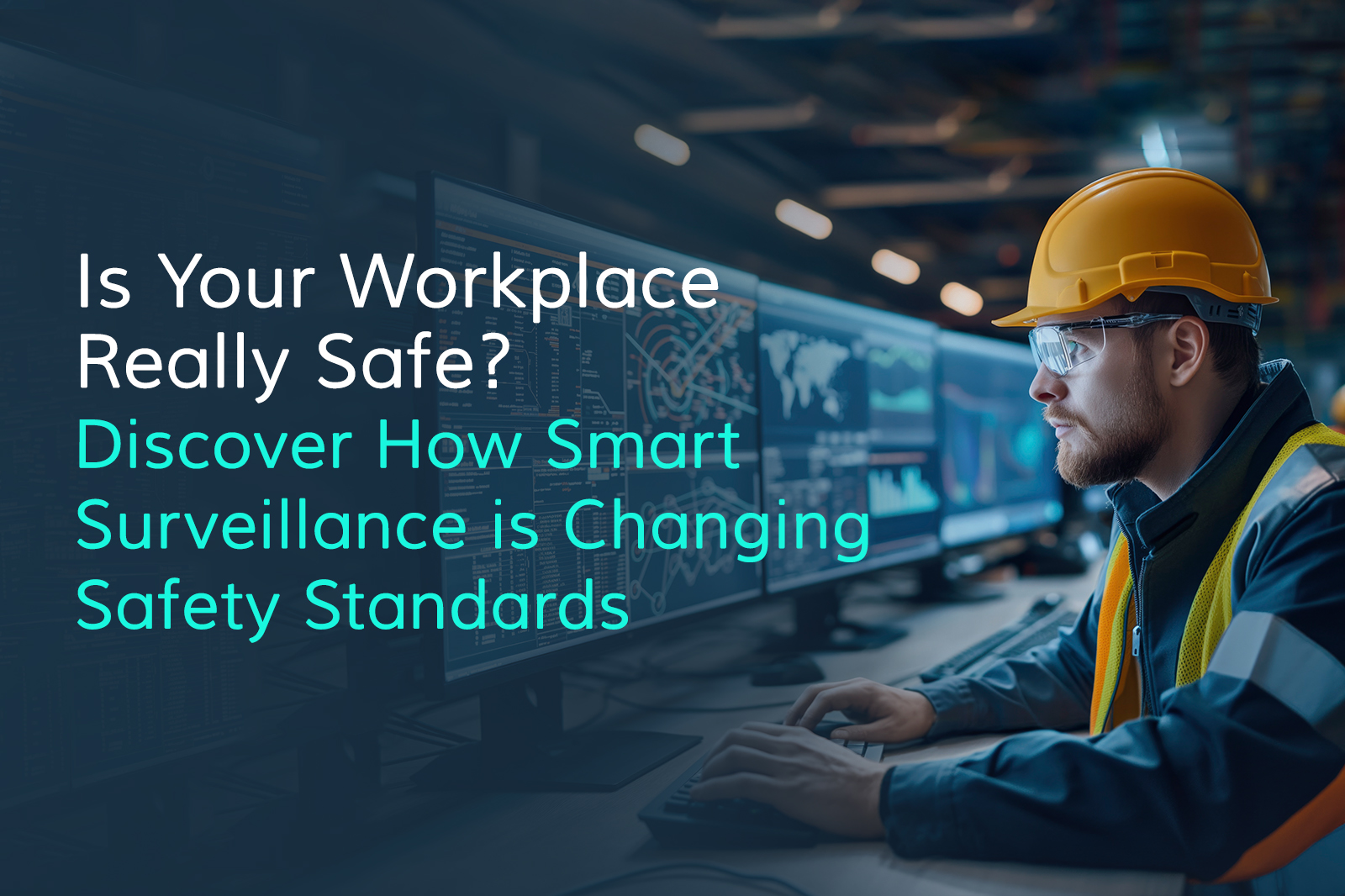
Is Your Workplace Really Safe? Discover How Smart Surveillance is Changing Safety Standards
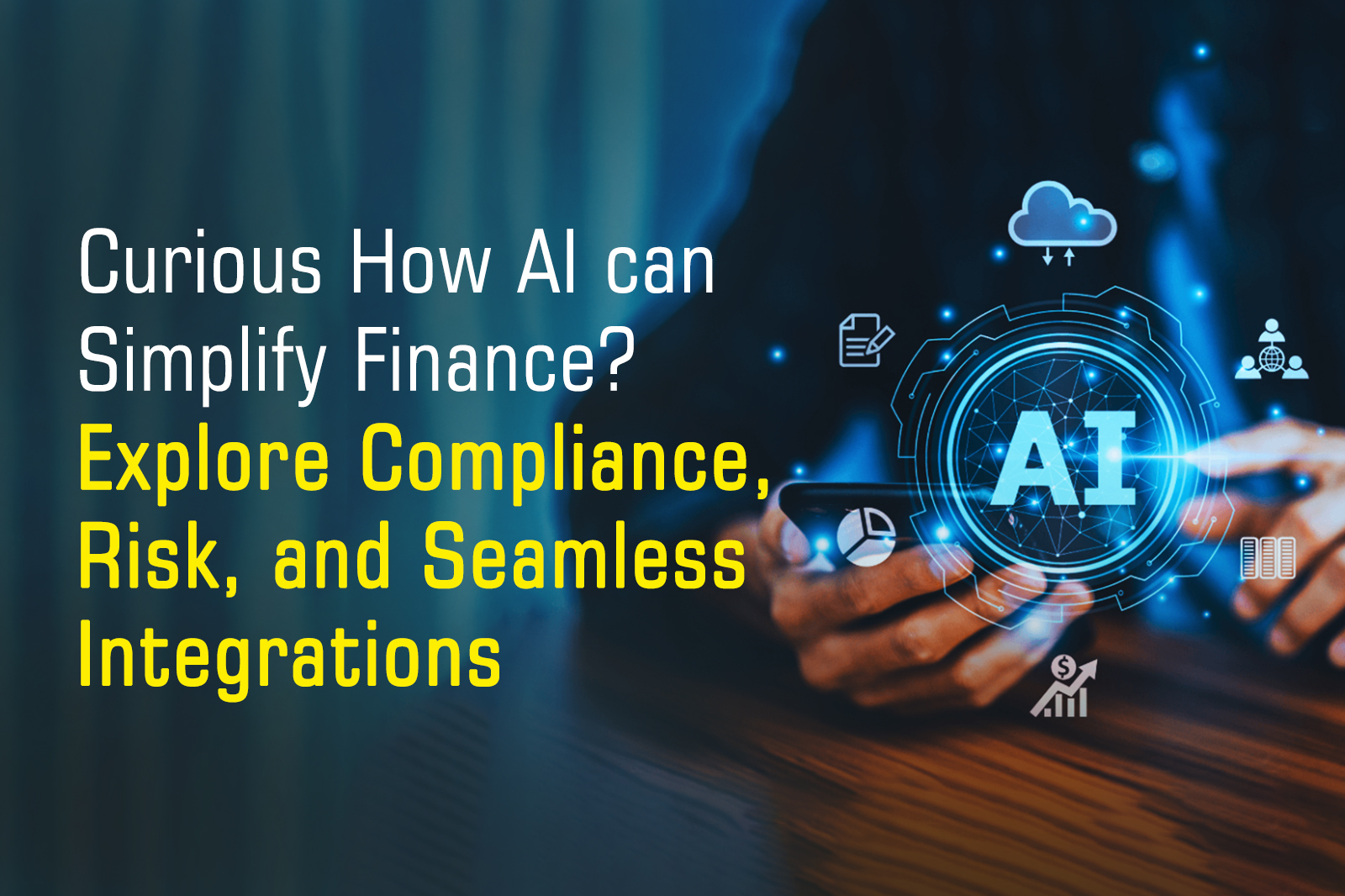
Curious How AI Can Simplify Finance? Explore Compliance, Risk, and Seamless Integrations

Retail Revolution: How AI Powered Video Analytics Can Drive Success
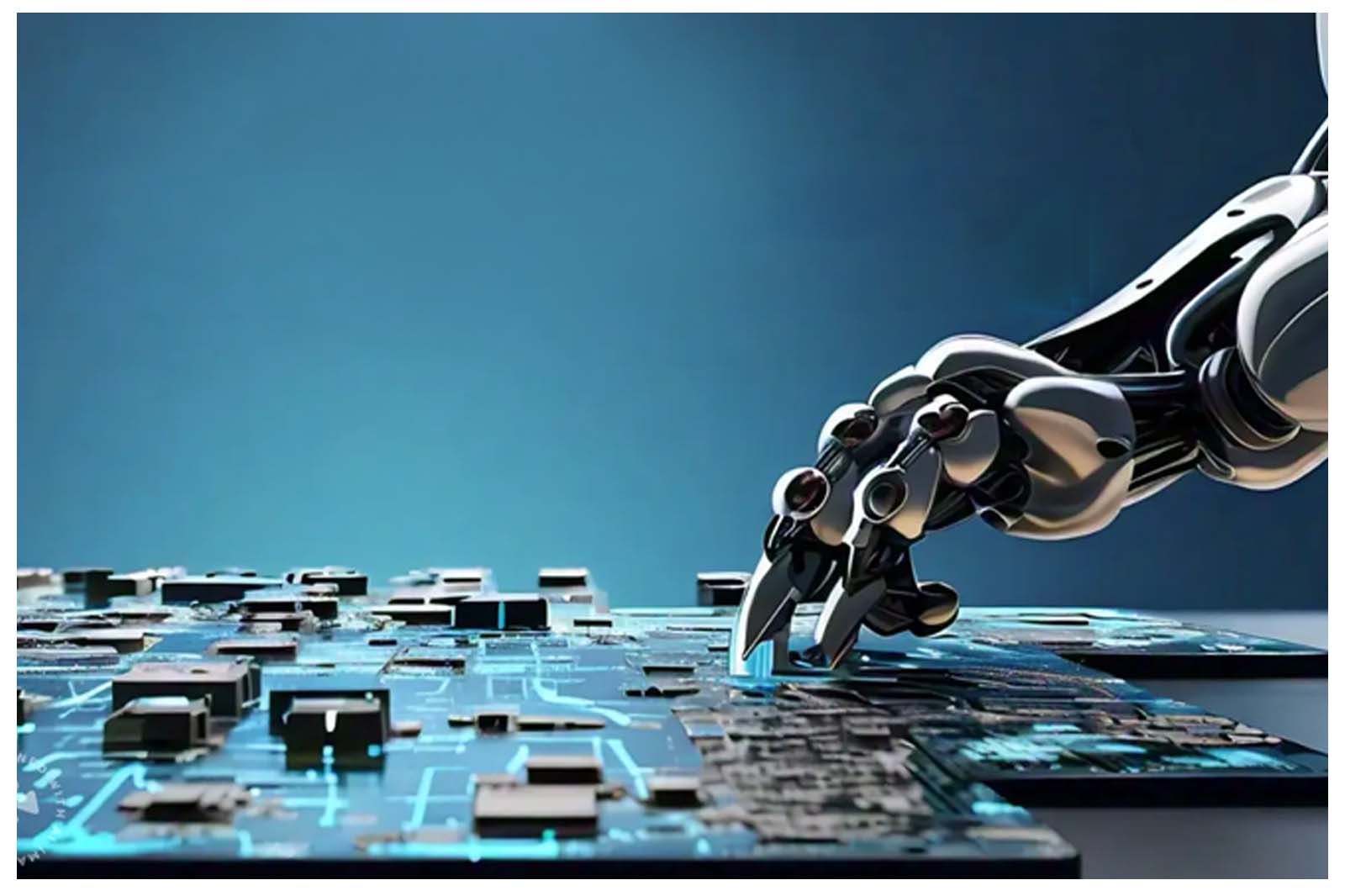
Leveraging AI in Manufacturing for enhanced Safety, Efficiency and Innovation






